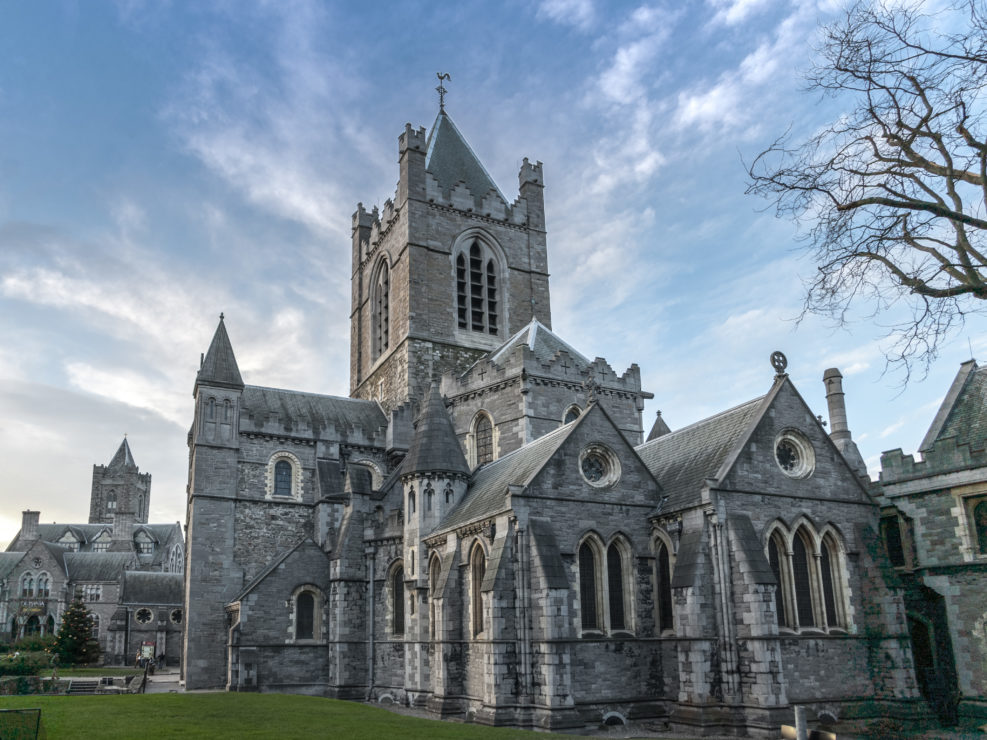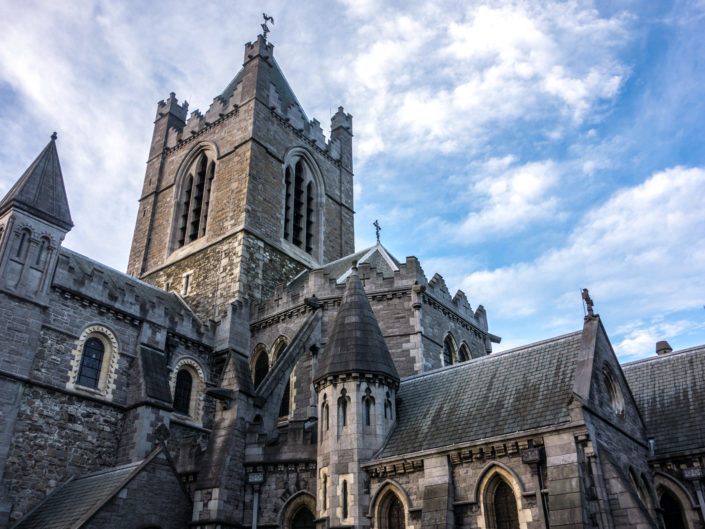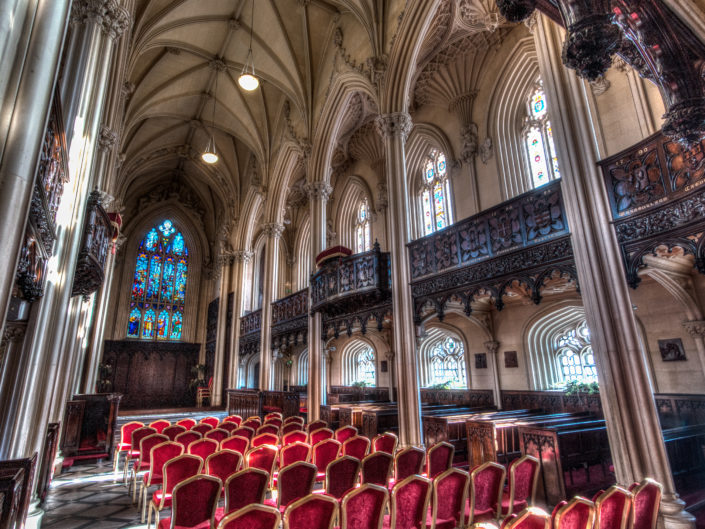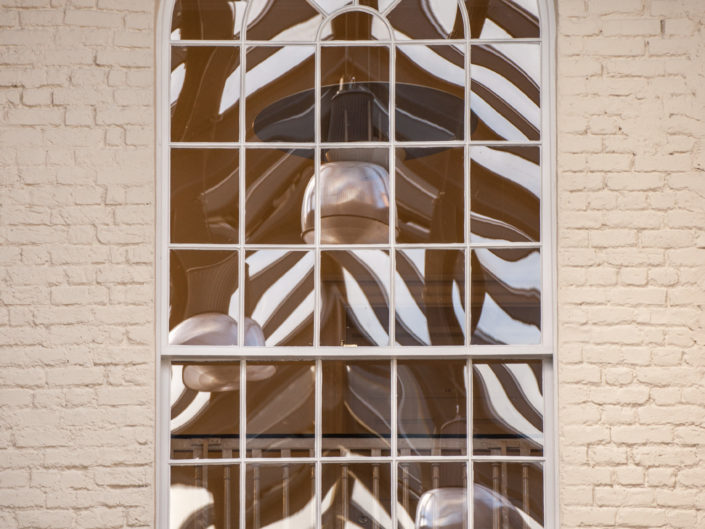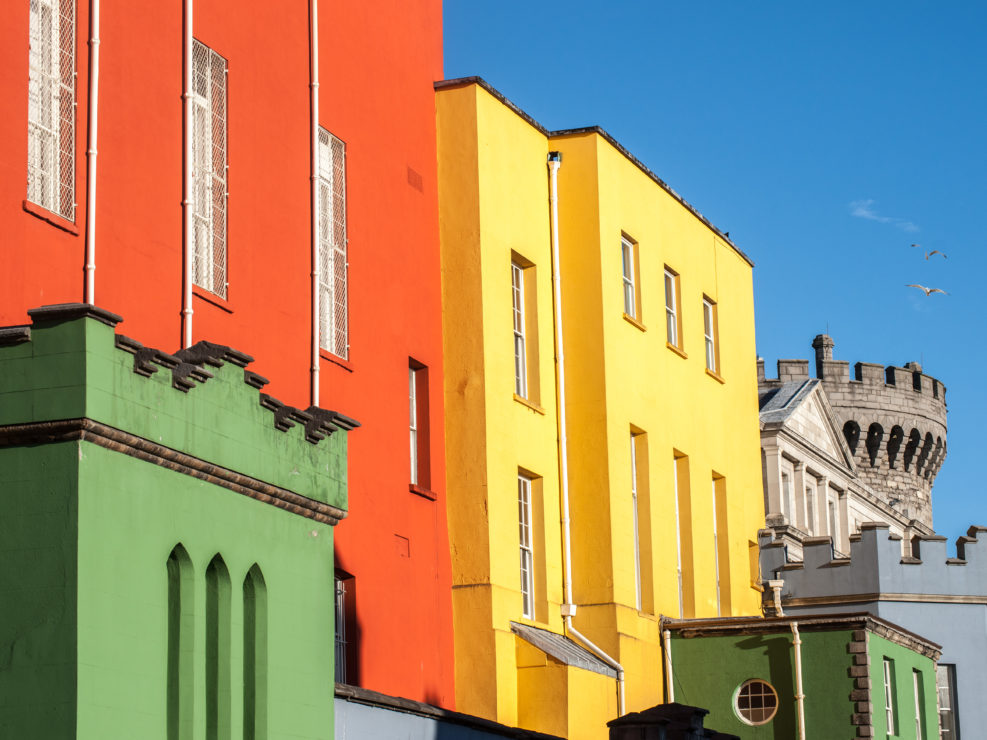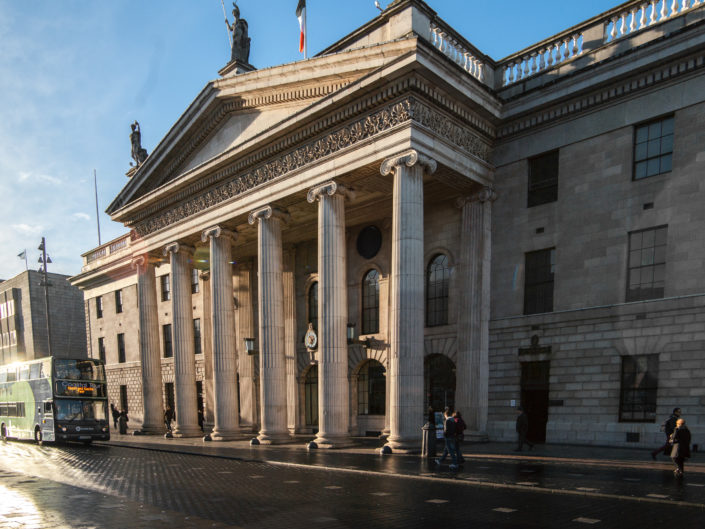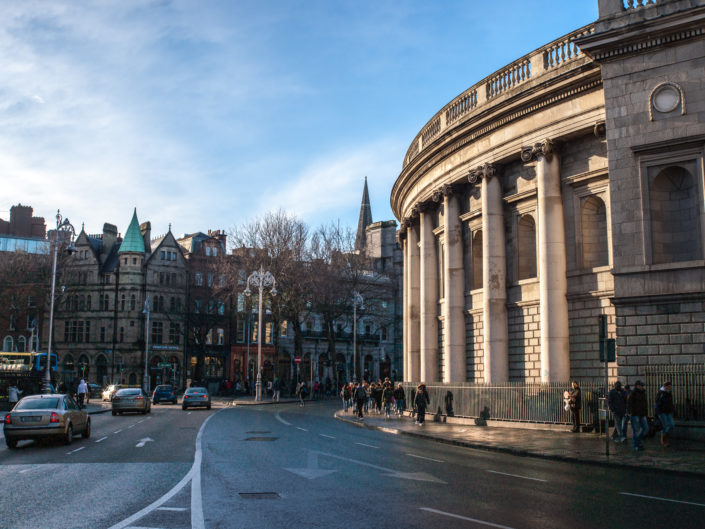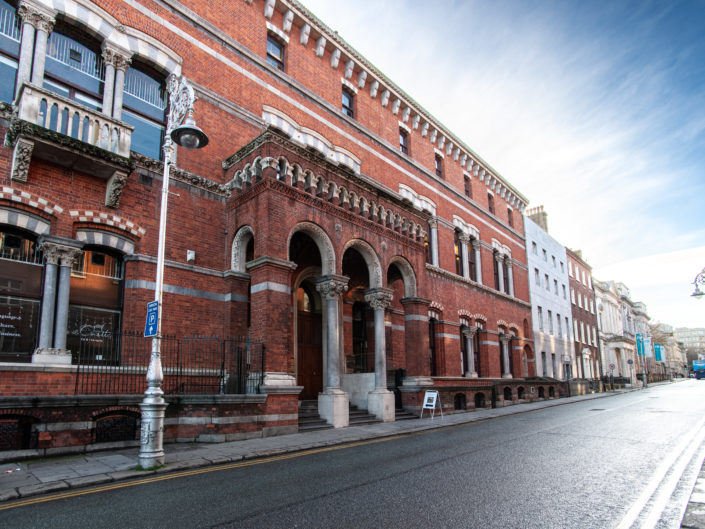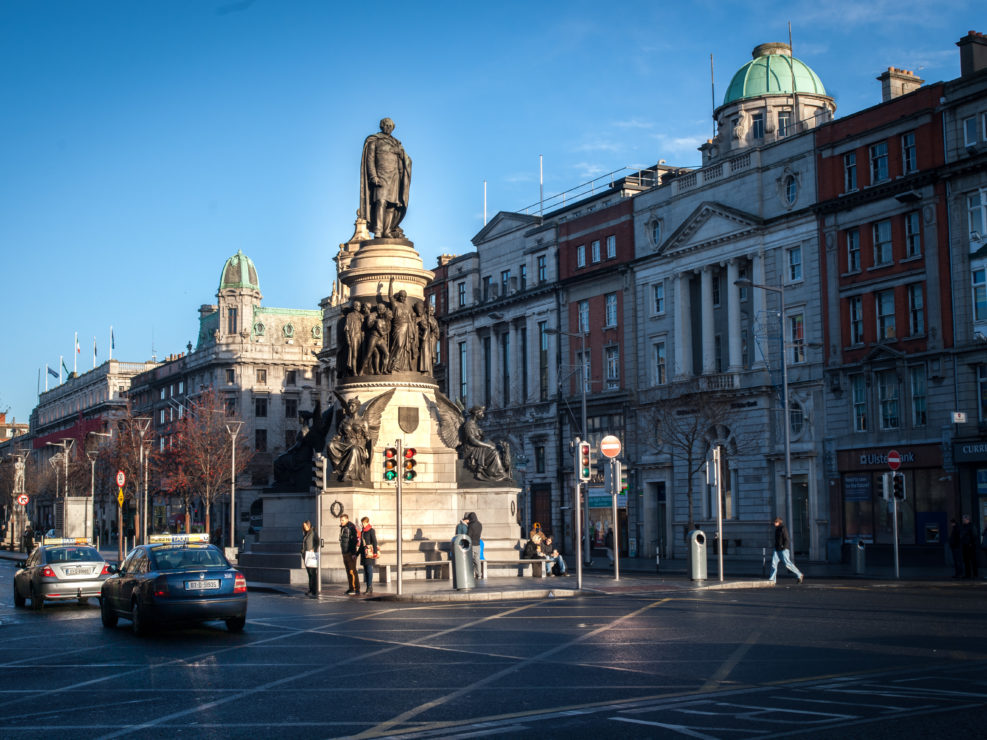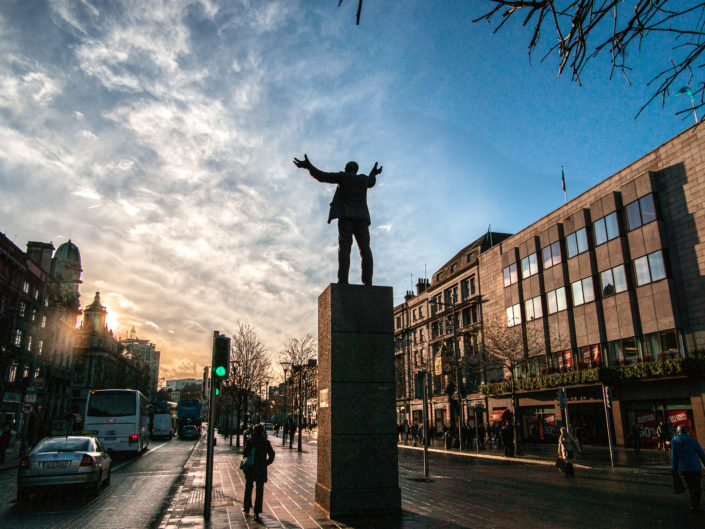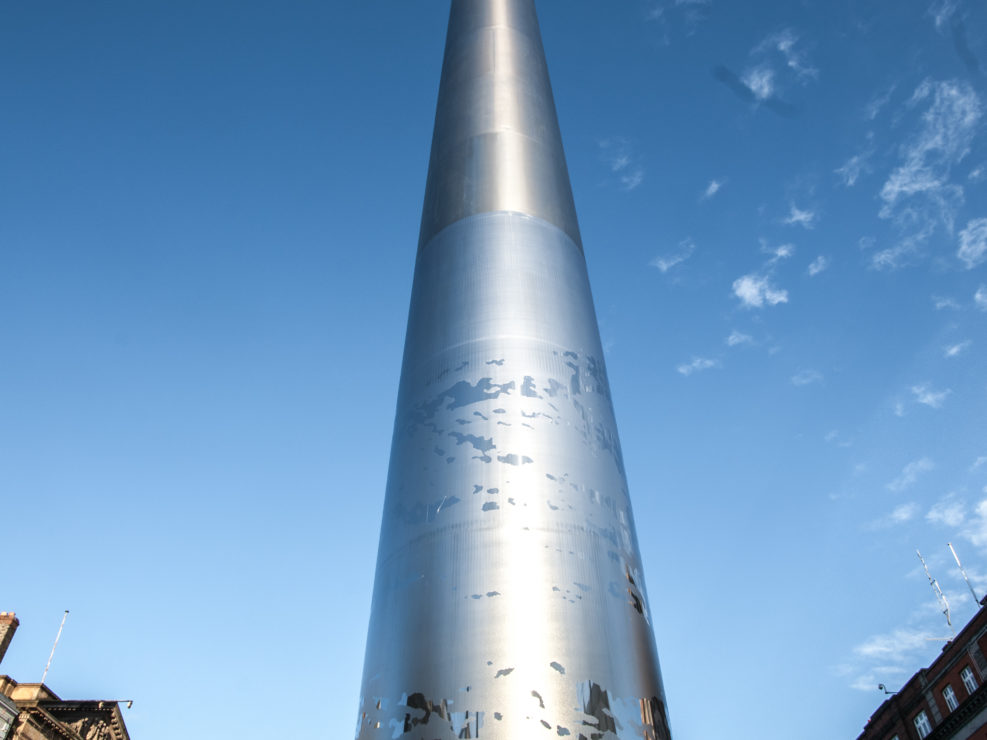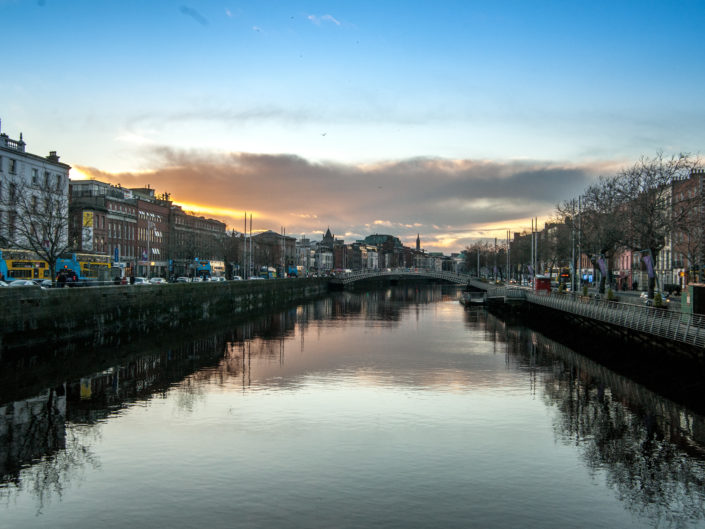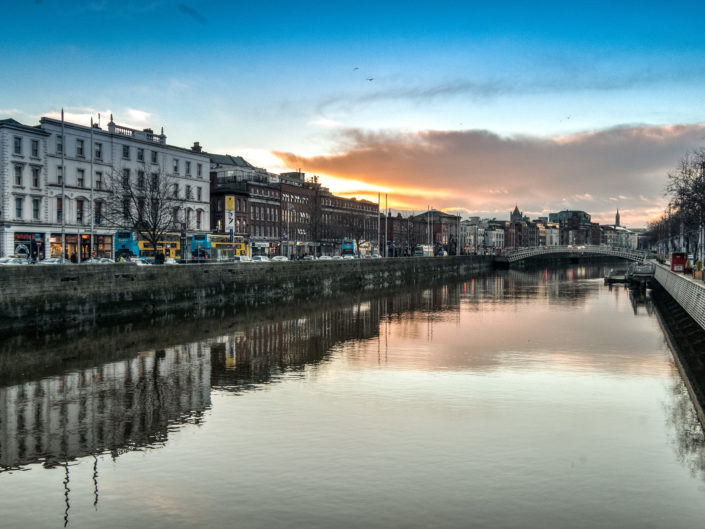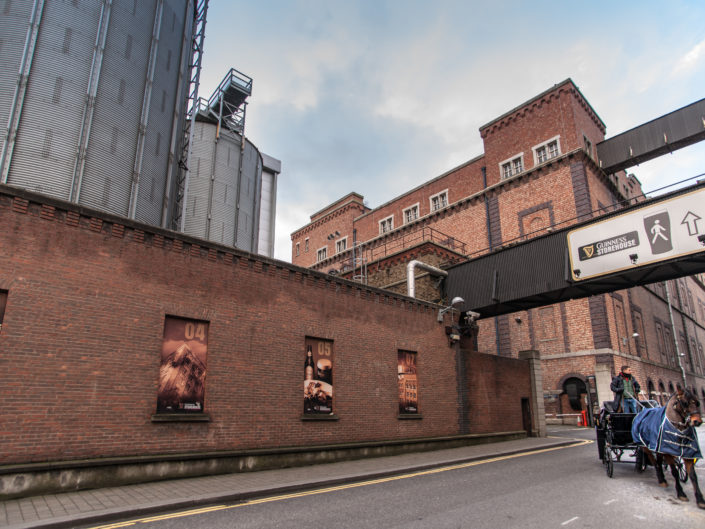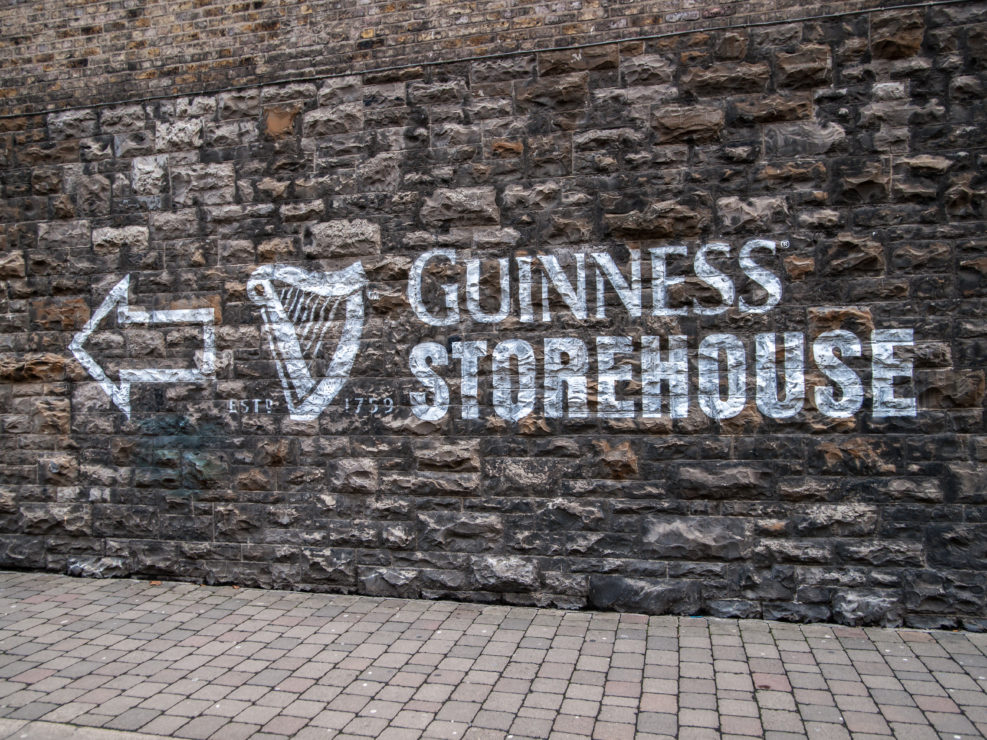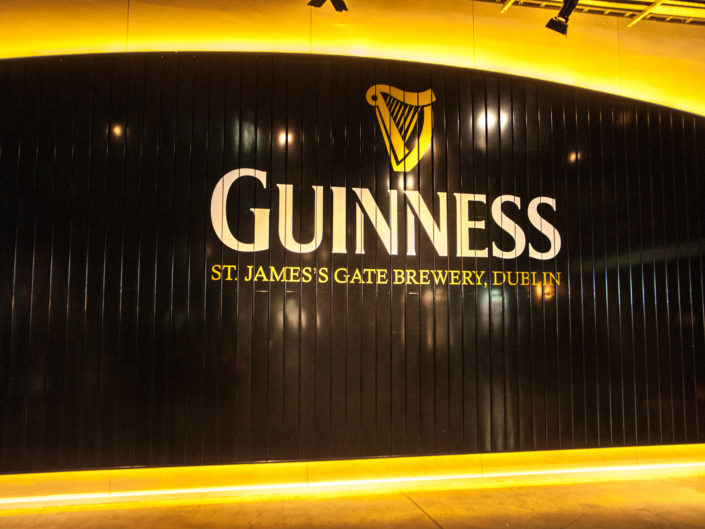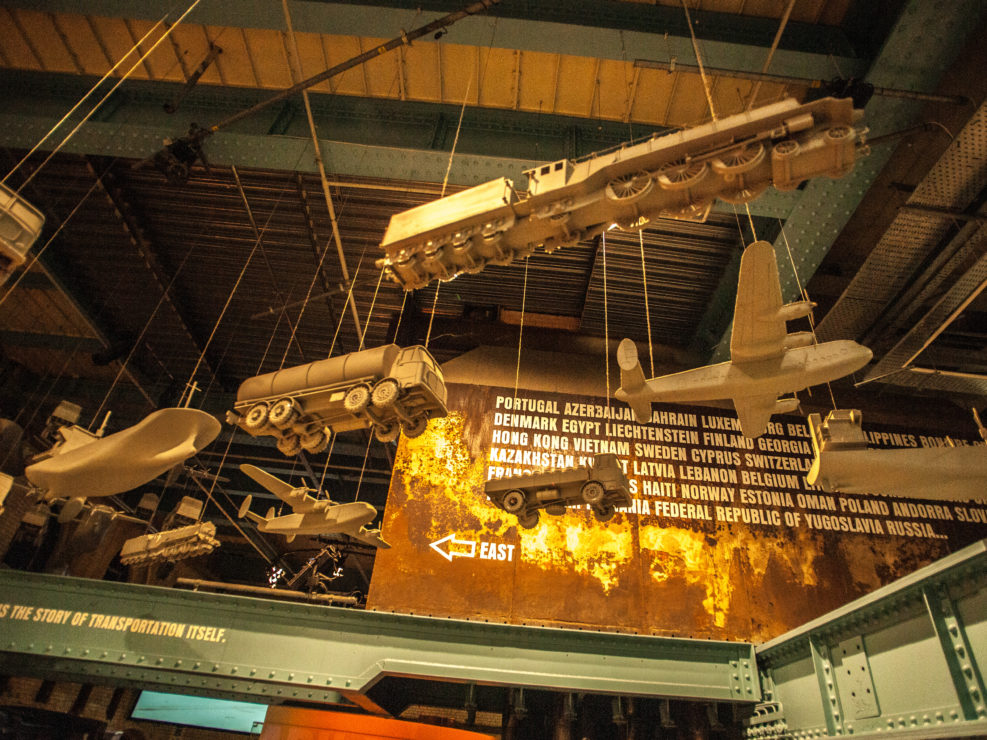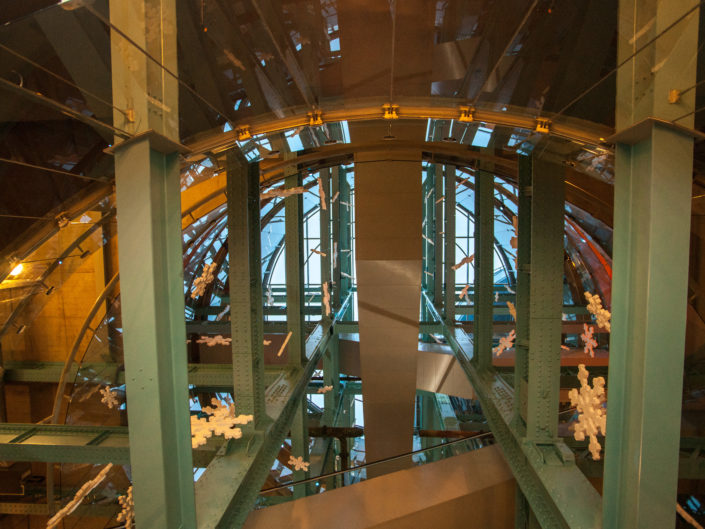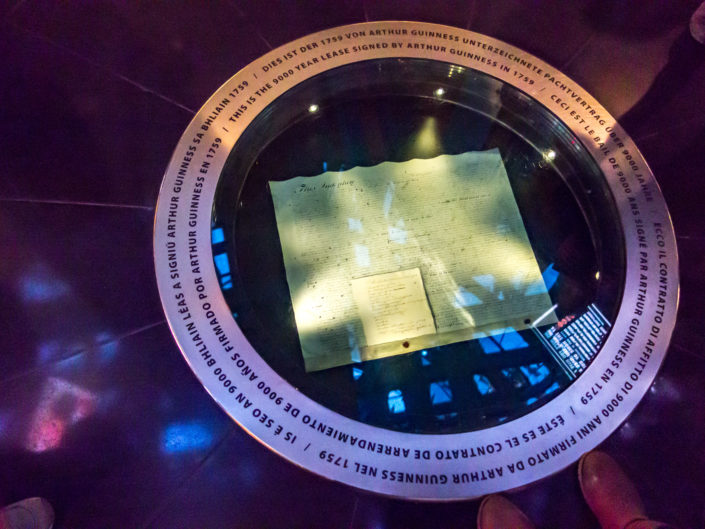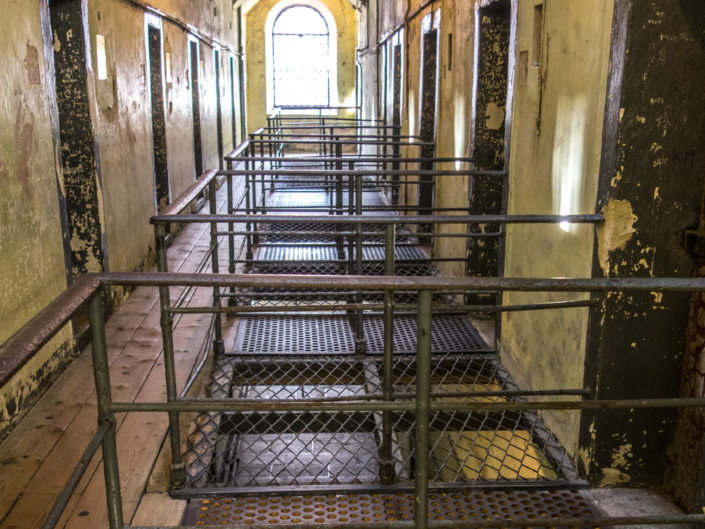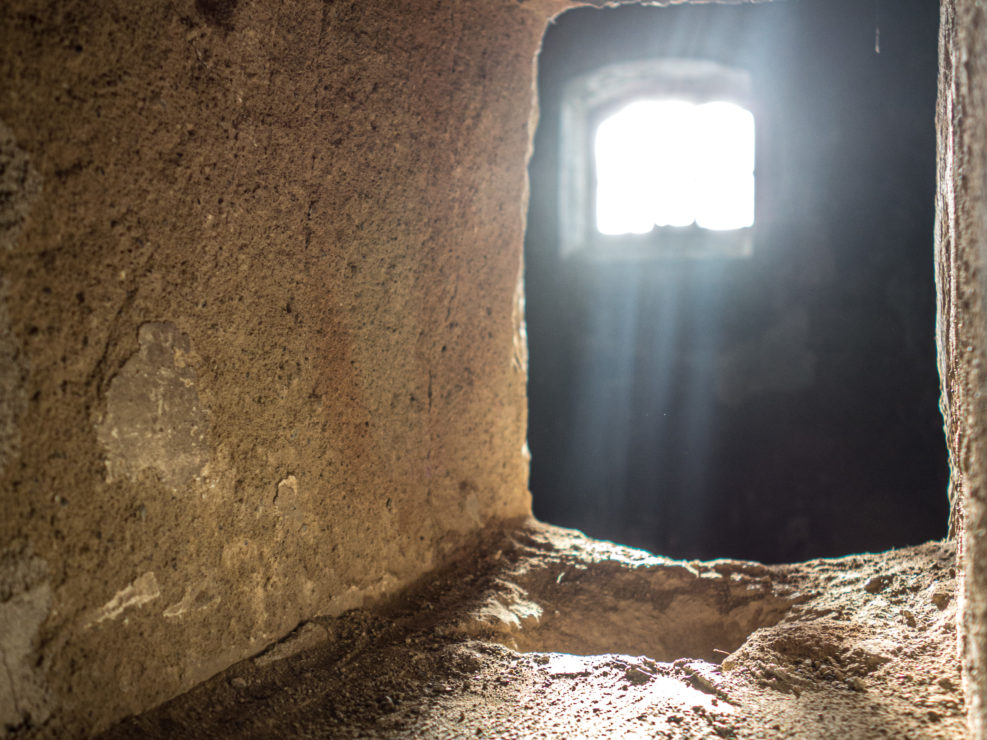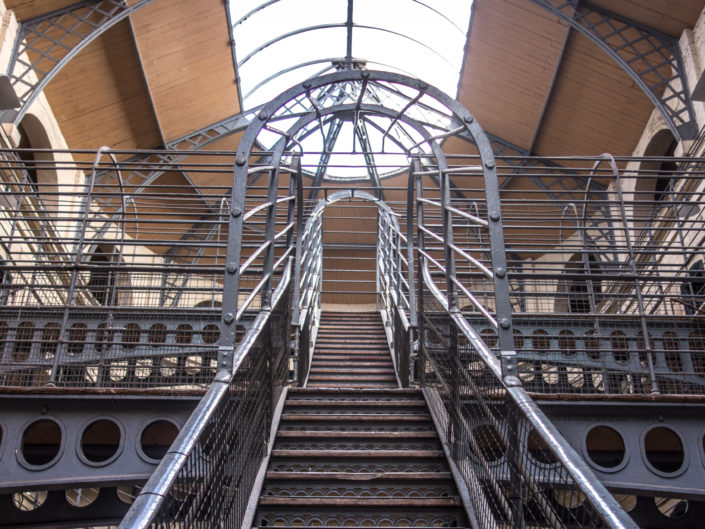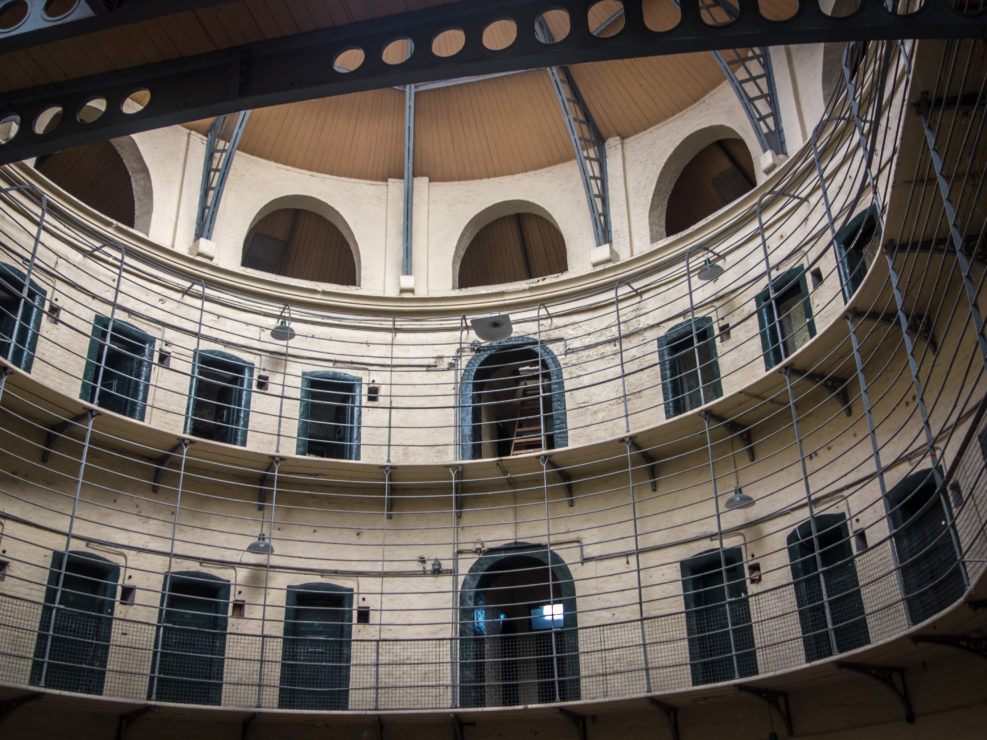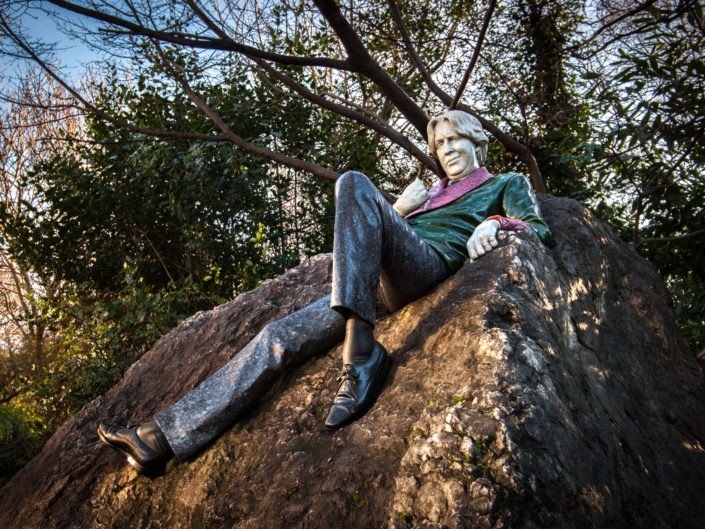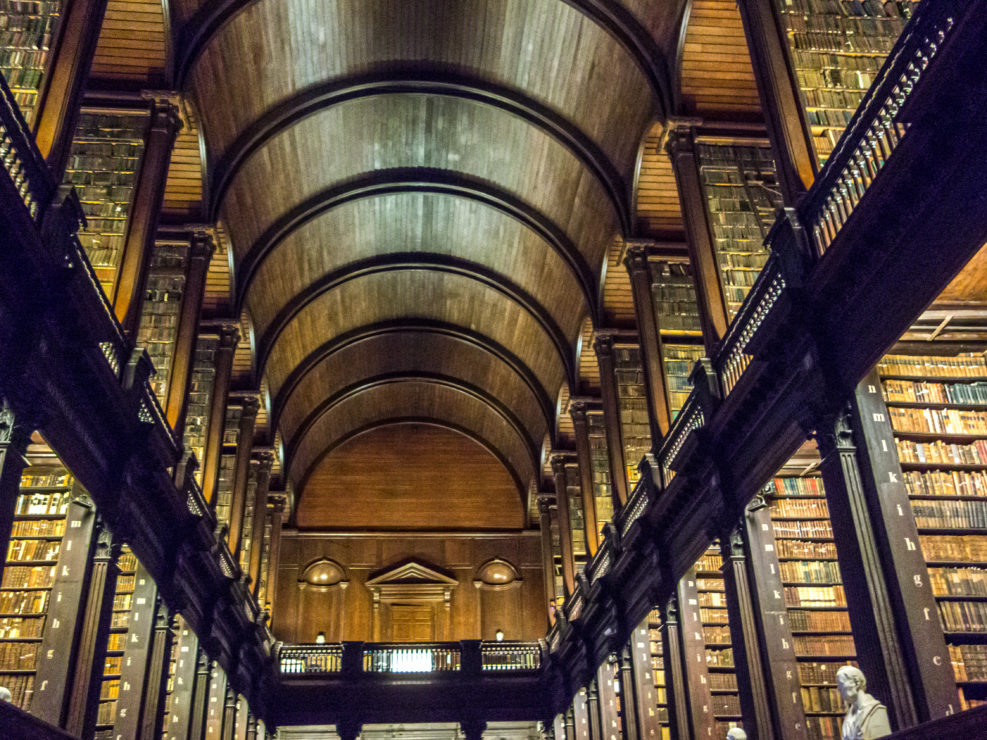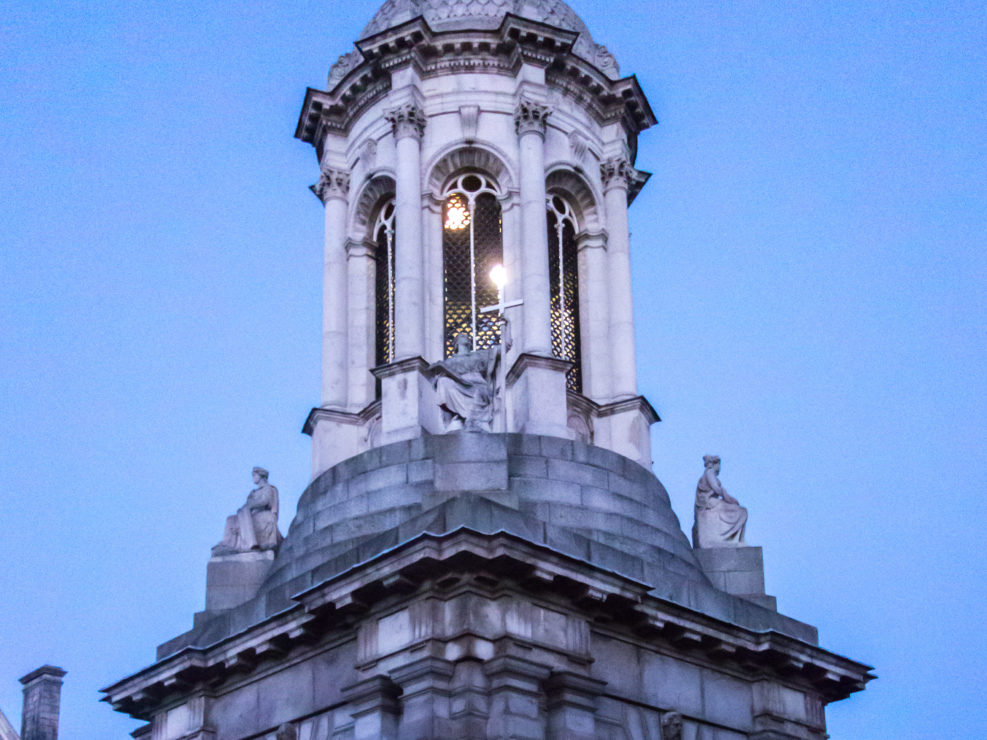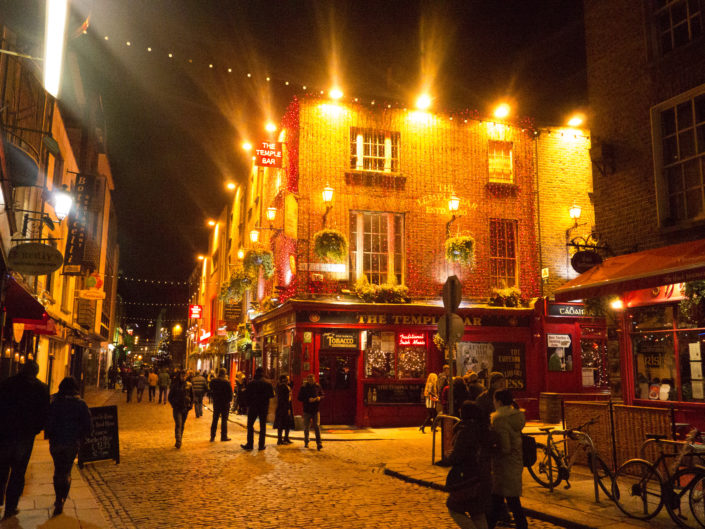Dublin
Founded in 841, Dublin was originally settled by Vikings amongst a population of Celtic tribes. In the 9th century the Danes captured Dublin and had control until 1171 when they were expelled by King Henry II of England. By the 14th century the king of England controlled Dublin and the nearby area referred to as “the Pale”.
When the English Civil Wars ended in 1649, Oliver Cromwell took over. Dublin experienced huge growth and development in the 17th century because many Protestant refugees from Europe came to Dublin. By the 17th century Dublin was the second greatest city, only behind London, and a period when great Georgian style buildings were constructed that still stand today. Georgian style architecture was popular from 1720 to 1840 during the times when George I, George II, George III, and George IV of England were ruling.
In 1800, the Act of Union between Great Britain and Ireland abolished the Irish Parliament. From this point on, the Irish worked to gain their independence from Great Britain, which they finally won in 1921. The Easter rising in 1916 and the War of Independence greatly helped Ireland win their freedom. One event remembered as a key moment in Irish history is the Easter rising in 1916.
A failed attempt to take over the several important buildings, among them the General Post Office on O’Connell Street, led to the arrest of hundreds and execution of 15, now considered martyrs for the cause. Many believe that this event helped gain sympathy for the fight for independence from Britain.
